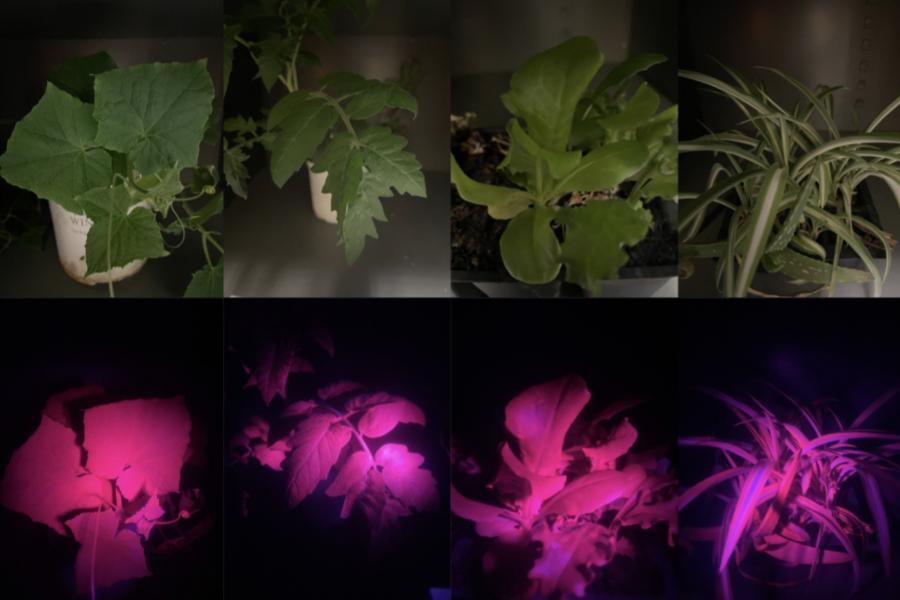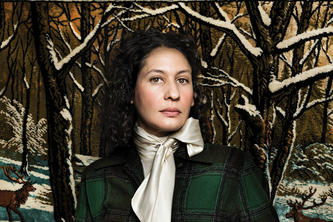
New University of Minnesota research suggests “leaf glow” provides vital information on vegetation dynamics in Arctic and boreal ecosystems like Minnesota’s forests and wetlands, which are among the fastest warming in the world. Using remote sensing to monitor the natural glow may help scientists better track climate change and its impact on our natural resources.
Leaf glow, formally known as solar-induced chlorophyll fluorescence (SIF), is a natural byproduct of photosynthesis. This emitted light is invisible to human eyes, but advances in sensing technology over the last decade have enabled scientists to observe this phenomenon from satellites, airplanes and field towers.
Recently published in Current Climate Change Reports, the research shows:
- SIF can help researchers quantify ecosystem carbon uptake, vegetation productivity, and vegetation health in response to climate change and disturbances as a result of photosynthesis, where vegetation removes carbon dioxide from the atmosphere.
- In the Arctic and boreal regions, abundant evergreen forests sustain leaves and needles throughout the year, while the actual productivity shuts down in the winter. This decoupling between leaf color and productivity makes conventional sensing tools, such as leaf greenness measurements, less accurate.
- SIF is the advanced tool for enhancing our understanding of changes and climate drivers in Arctic and boreal regions.
“Developing accurate monitoring tools is urgently needed — we are already seeing more thawing permafrost, increased wildfire frequency and intensity, higher risks to droughts, and insect outbreaks,” said author Rui Cheng, an assistant professor in the Department of Bioproducts and Biosystems Engineering. “Because of the remote location of the Arctic-Boreal region, remote sensing tools are more advantageous than field measurements.”
This research recommends fostering a SIF network that provides long-term and continuous measurements across spatial scales while simultaneously measuring other environmental variables to help comprehensively characterize Arctic-Boreal ecosystems with spatial details in land surface models, ultimately contributing to more robust climate projections.
This research was supported by the National Science Foundation.
-30-
About the College of Food, Agricultural and Natural Resource Sciences
The University of Minnesota’s College of Food, Agricultural and Natural Resource Sciences (CFANS) strives to inspire minds, nourish people, and sustainably enhance the natural environment. CFANS has a legacy of innovation, bringing discoveries to life through science and educating the next generation of leaders. Every day, students, faculty, and researchers use science to address the grand challenges of the world today and in the future. CFANS offers an unparalleled expanse of experiential learning opportunities for students and the community, with 12 academic departments, 10 research and outreach centers across the state, the Minnesota Landscape Arboretum, the Bell Museum of Natural History, and dozens of interdisciplinary centers. Learn more at cfans.umn.edu.




